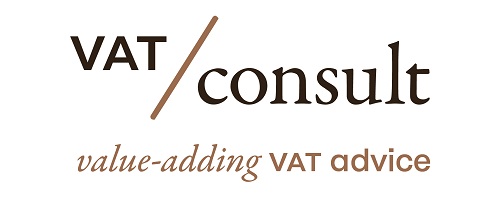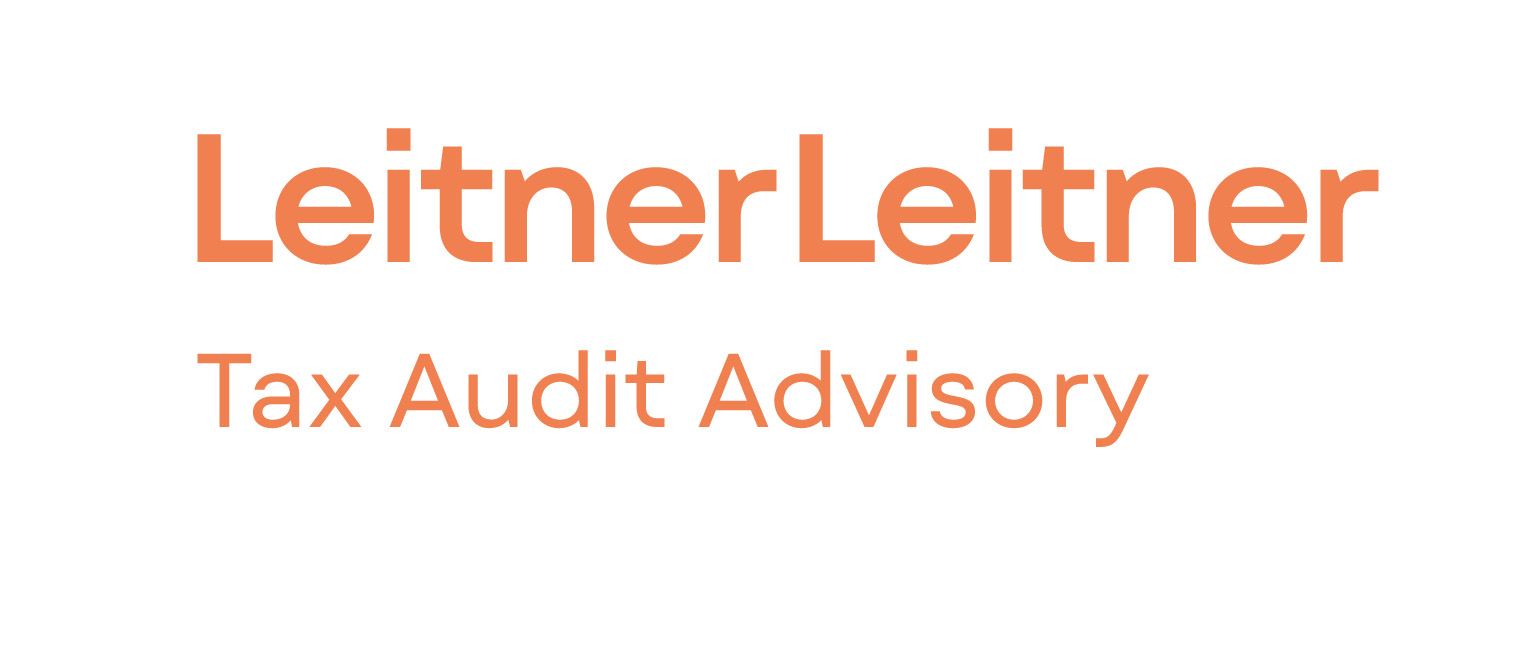Report from the Commission to the Council in accordance with Article 105a(6) of Council Directive 2006/112/EC on VAT rates — Derogations applied by Member States (COM(2025) 585 final)
This report reviews how EU Member States apply permanent VAT rate derogations under Articles 105a and 105b of the VAT Directive 2006/112/EC. It highlights the types of goods and services subject to reduced, super-reduced, and zero VAT rates, based on national exceptions.
Background: The 2022 VAT rates reform introduced a common framework across Member States, allowing more flexibility in applying reduced rates while ensuring fairness. Crucially, it also consolidated existing derogations — special exceptions to standard VAT rules — to avoid distortions in the internal market.
Commission’s Mandate: As part of that reform, the Council tasked the European Commission with compiling a report listing all permanent derogations that Member States continue to apply. These are the ones officially notified to the VAT Committee by a specific deadline.
The Report (COM(2025) 585 final): Adopted today, the report provides:
- A clear inventory of all notified derogations.
- Insight into how different countries apply super-reduced, parking, or zero rates.
- A foundation for future policy reviews, including the 2028 reassessment of Annex III.
Impact: This transparency helps maintain a level playing field, supports harmonization, and ensures that VAT policy remains aligned with EU principles — especially in sectors like housing, culture, and public services.
Key Highlights
- Scope: Covers permanent derogations only — not temporary ones — and is based on data submitted by Member States.
- Distribution: Out of 64 total derogations, Luxembourg, Ireland, and Italy account for 75% of them.
- Rate Types:
- Super-reduced rates (<5%) make up 48% of derogations.
- Parking rates (≥12%) account for 44%.
- Zero rates (0%) are applied only by Ireland.
- Sectors Most Affected:
- Housing and construction (≈30%)
- Culture, tourism, public services, food, and financial services (≈40%)
- Legal Basis: Article 105a(6) mandates this report to ensure transparency and alignment with EU VAT reforms introduced in 2022.
- Future Outlook: Findings will inform the 2028 review of Annex III and potential legislative updates.
Source eur-les.europa.eu
Latest Posts in "European Union"
- Commission Backs Italy’s VAT Derogation Through 2028
- Comments on GC T‑575/24 – AG – Contrary to EU law if services provided to members are regarded as internal acts
- Comments on ECJ C-515/24 (Randstad España) – AG – Introduction of exclusion of VAT deduction of representation expenses by Spain not contrary to EU law
- Briefing Document & Podcast: VAT concepts ”Chain Transactions” & ”Triangulation” explained based on ECJ/CJEU cases
- Comments on ECJ C-744/23: No-Cure-No-Pay Services Are Subject to VAT














